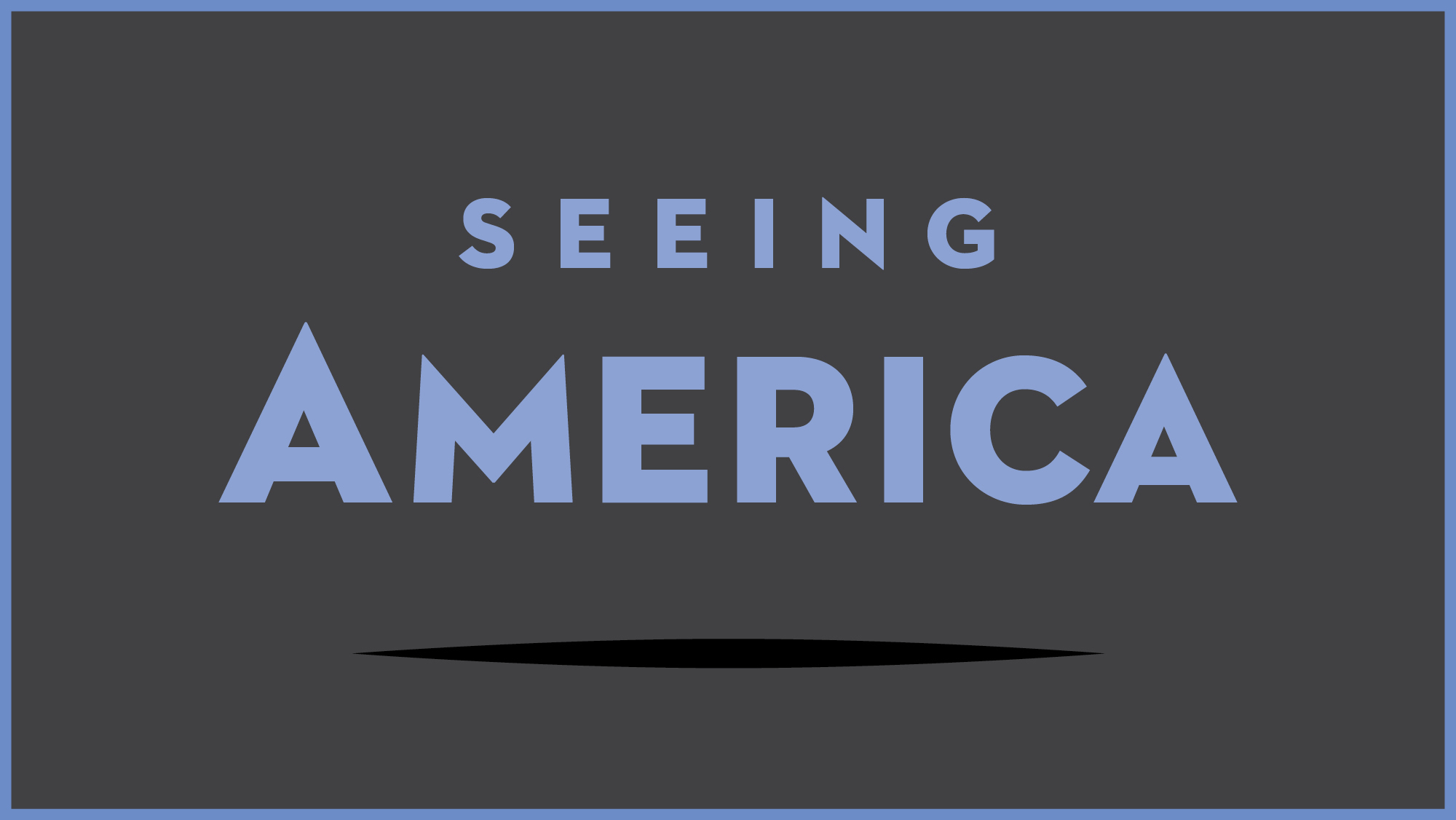Test your knowledge with a quiz
Leutze, Westward the Course of Empire
Key points
- In this study for a public mural at the U.S. Capitol Building, Emmanuel Leutze visualized the concept of Manifest Destiny, combining religious and patriotic imagery to glorify westward expansion.
- In an era when few Americans had traveled west, Leutze brings together a variety of landforms and artefacts to conjure this unfamiliar terrain and create a sense of drama and excitement. He depicted the land as uncharted territory, however, erasing its recent history as part of Mexico and the Native Americans who were displaced by American settlers.
- In the early years of the American Civil War, Leutze emphasized the west as a land of promise and opportunity that could restore national unity. After reading a draft of Lincoln’s Emancipation Proclamation, he added an African-American figure to the final mural in the Capitol Building.
Go deeper
See this work at the Smithsonian American Art Museum
See Leutze’s mural at the U.S. Capitol
Read more about Manifest Destiny and U.S. territorial expansion
View primary source documents and learn more about Manifest Destiny in the 19th century
TEDEd lesson: Reading a History Painting (The Smithsonian American Art Museum)
U.S. Capitol Visitor Center on Leutze’s mural
Digital Public Library of America on Leutze’s mural
More to think about
In this celebration of westward expansion, Emmanuel Leutze alludes to California through small details in the picture, but his subject focuses primarily around the settlers and their journey. Why do you think he chose to emphasize their trek instead of their final destination? How might the painting’s meaning be different if he had given more attention to where these figures settled?



